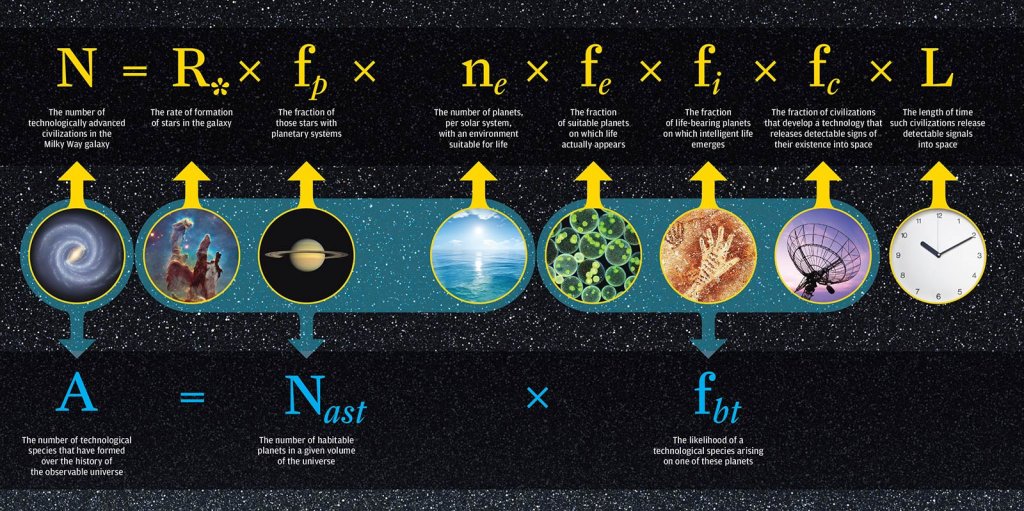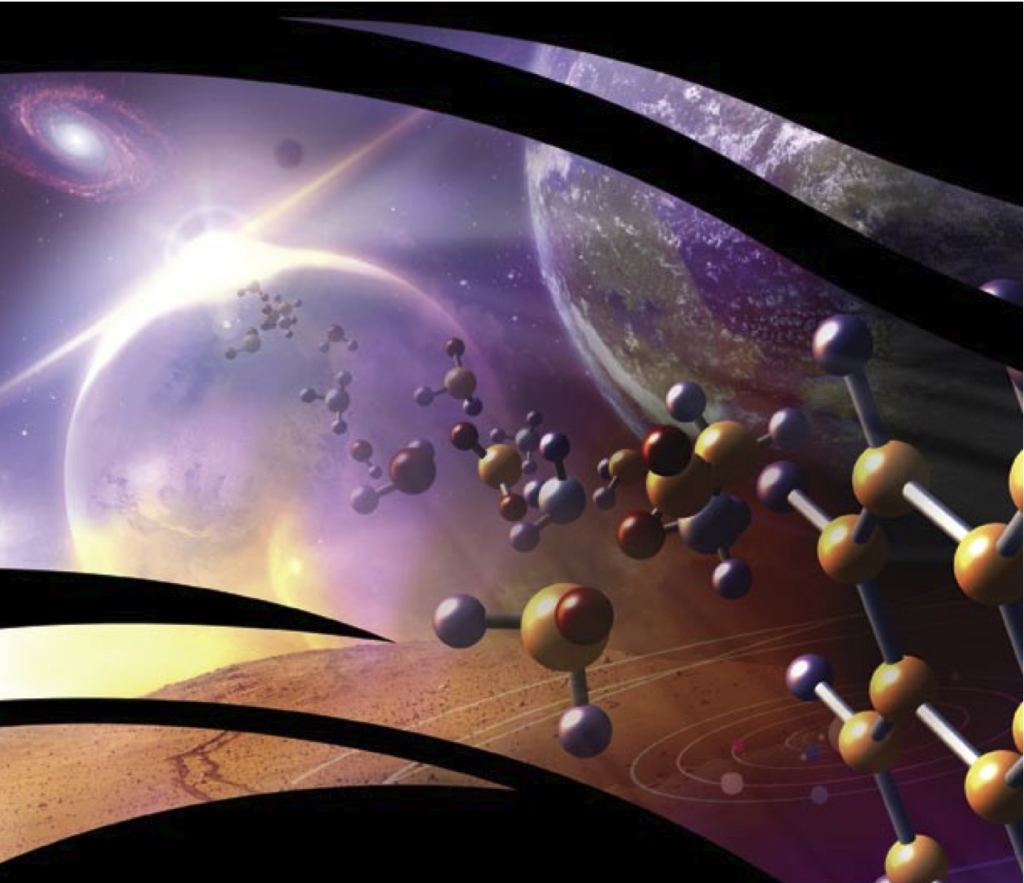In 1961, famed astronomer and astrophysicist Frank Drake formulated an equation for estimating the number of extraterrestrial civilizations in our galaxy at any given time. Known as the " Drake Equation ", this formula was a probabilistic argument meant to establish some context for the Search for Extraterrestrial Intelligence (SETI). Of course, the equation was theoretical in nature and most of its variables are still not well-constrained.
For instance, while astronomers today can speak with confidence about the rate at which new stars form, and the likely number of stars that have exoplanets, they can't begin to say how many of these planets are likely to support life. Luckily, Professor David Kipping of Columbia University recently performed a statistical analysis that indicates that a Universe teeming with life is "the favored bet."
Kipping is an assistant professor in Columbia's Department of Astronomy and a researcher of extrasolar planets and moons. He is also the leader of Columbia's Cool Worlds Lab, a group dedicated to the detection and analysis of potentially-habitable exoplanets. His latest study appeared in the Proceedings of the National Academy of Sciences, titled " An objective Bayesian analysis of life’s early start and our late arrival."
For the sake of the study, Prof. Kipping considered the chronology of life on Earth, from the earliest evidence of microbes to the emergence of complex organisms - like humanity. He then asked the question of how often life (and intelligent life to boot) would re-emerge if this chronology were run backward and forward again, over and over. In the end, he found four possible answers:
- *Life is common and often develops intelligence*
- *Life is rare but often develops intelligence*
- *Life is common and rarely develops intelligence*
- *Life is rare and rarely develops intelligenc* e.
Kipping then subjected these four possibilities to a statistical analysis technique known as Bayesian inference to weigh the models against one another. This technique describes the probability of an event based on prior knowledge and then updates those probabilities as new data becomes available. As Prof. Kipping explained in Columbia News release:
"In Bayesian inference, prior probability distributions always need to be selected. But a key result here is that when one compares the rare-life versus common-life scenarios, the common-life scenario is always at least nine times more likely than the rare one... The technique is akin to betting odds. It encourages the repeated testing of new evidence against your position, in essence a positive feedback loop of refining your estimates of likelihood of an event. "
To break it all down, the earliest-known evidence for life comes in the form of fossilized bacteria found in zircon deposits on the ocean floor. Based on the depletion of carbon-13, these deposits formed just 300 million years after the Earth's oceans. In essence, these deposits indicate that life on Earth had emerged fully as of 3.5 billion years ago, roughly one billion years after the planet formed - that's pretty fast in geological time.
Based on this, Kipping estimates that for planets with conditions and evolutionary timelines similar to Earth, the odds of life spontaneously emerging (aka. abiogenesis) are quite good - at least 3:1 or higher. Beyond that, the odds become less favorable the farther one goes down the evolutionary timeline and the more complex lifeforms become. Said Kipping:
" If we played Earth’s history again, the emergence of intelligence is actually somewhat unlikely... The rapid emergence of life and the late evolution of humanity, in the context of the timeline of evolution, are certainly suggestive. But in this study it’s possible to actually quantify what the facts tell us. "
For example, while single-celled organisms only took a few hundred million years to form after the Earth had oceans, it took an additional 1.5 to 2 billion years before eukaryotes and multi-celled organisms emerged. Meanwhile, the Cambrian Explosion took another billion years to happen (ca. 541 million years ago), an event that was characterized by the diversification of life on Earth.
So what's the probability that extraterrestrial life will be complex, differentiated, and intelligent? According to Prof. Kipping's study, the odds of that are just 3:2, indicating that such life is rare. This is based on the fact that humanity began to appear late in the evolutionary record and within Earth's habitable window, which suggests its development was neither easy nor ensured.
Taken at face value, Prof. Kipping's study suggests that while life is plentiful in the cosmos, complex life is much rarer. However, he also points out that the odds in this study are not overwhelming and (being quite close to 50:50) and the findings should be treated as a tentative hypothesis rather than a conclusion. Or as Prof. Kipping put it:
"The analysis can’t provide certainties or guarantees, only statistical probabilities based on what happened here on Earth. Yet encouragingly, the case for a universe teeming with life emerges as the favored bet. The search for intelligent life in worlds beyond Earth should be by no means discouraged."
Much like the Drake Equation, this study provides food for thought rather than hard evidence. Also like the Drake Equation, it demonstrates that statistically speaking, extraterrestrial life should be very common. While intelligent life may be a lot rarer, the numbers are still encouraging. Alas, we won't know more until we can actually survey other star systems with next-generation telescopes, or interstellar probes.
*Further Reading: Columbia News*, PNAS
 Universe Today
Universe Today



